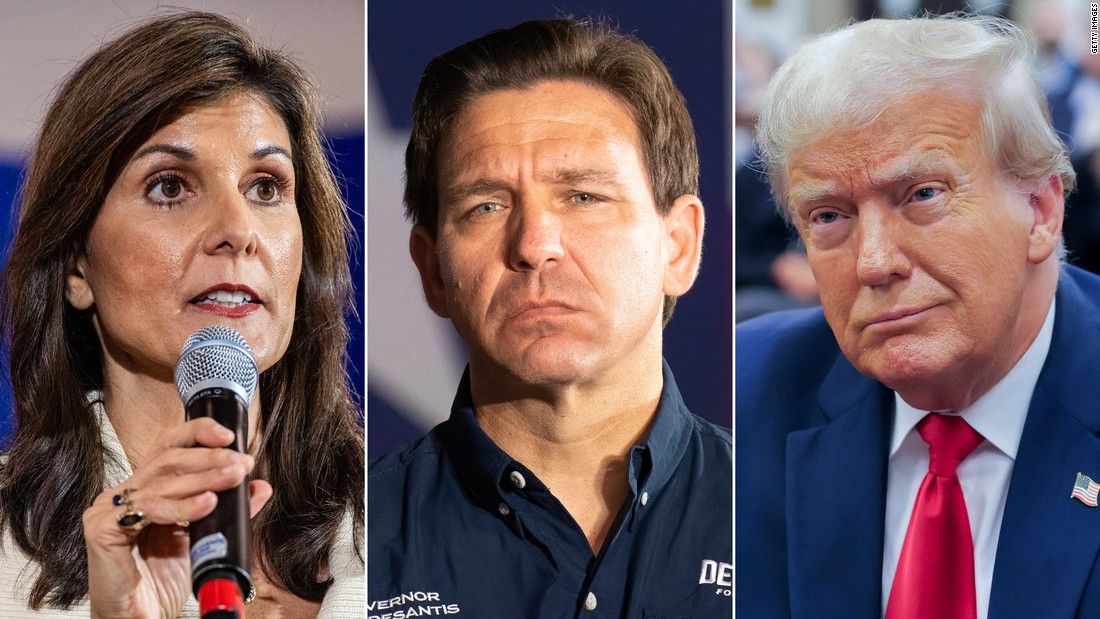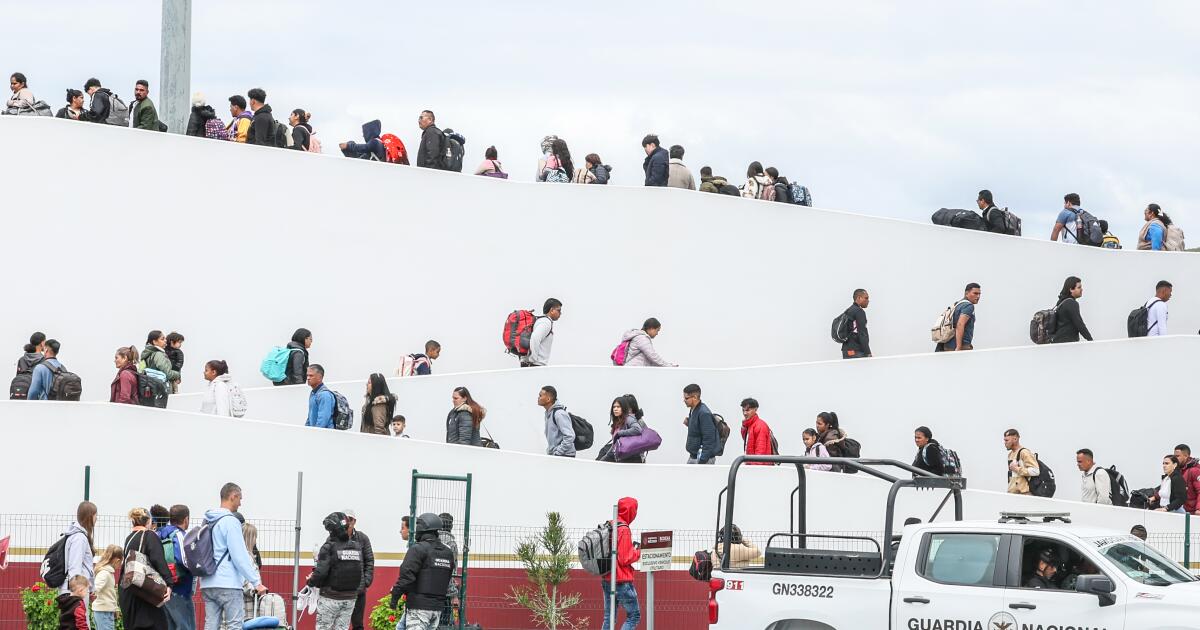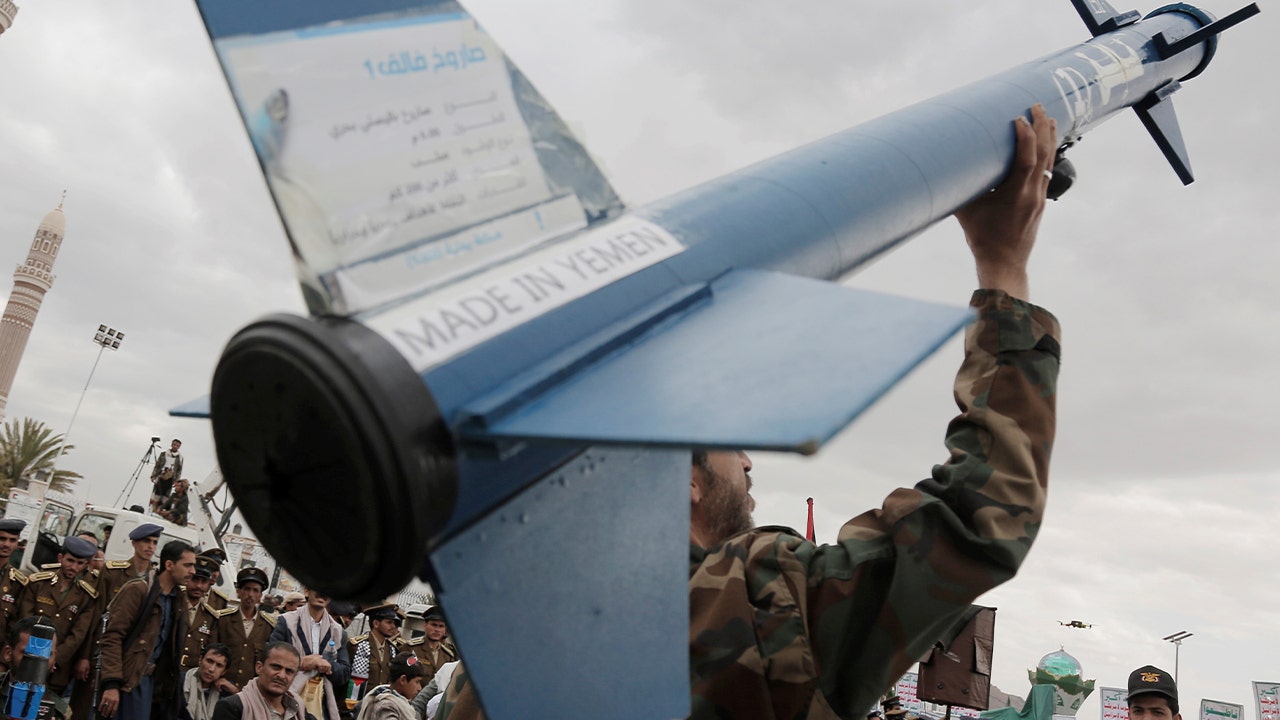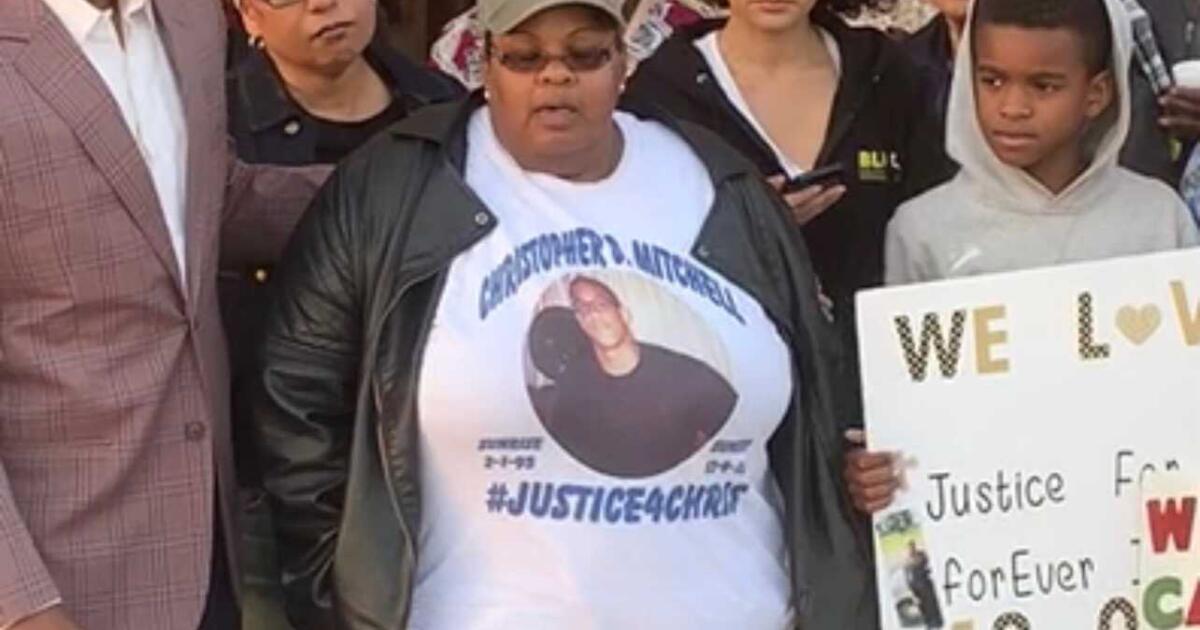Before Americans elect a president in November, they can choose candidates in a series of primaries and caucuses.
It is an unstable process that has evolved throughout the country’s history and continues to evolve today.
Here’s what you should know:
What is a primary? It is an election to select candidates, usually from a particular political party, to appear on the general election ballot.
Who is running in the primaries? For Democrats, Joe Biden is the incumbent president and is running for re-election, making him the incumbent candidate.
Incumbents rarely face serious competition. There are some Democrats challenging him in the Democratic primary, including Rep. Dean Phillips of Minnesota and author Marianne Williamson. But they have not yet generated much support, at least in opinion polls.
For Republicans, former President Donald Trump has long been the front-runner, meaning he appears to have a lead in polls over five other candidates still in the race.
Trump, as a former president, also projects some of the power of an incumbent, although he lost the last election. His is the first serious campaign by a former president for his party’s nomination since Teddy Roosevelt tried unsuccessfully to regain the Republican nomination in 1912.
Anti-Trump Republicans appear to be interested in two main options: former South Carolina Governor Nikki Haley and Florida Governor Ron DeSantis. Haley has done better in New Hampshire and DeSantis has focused on Iowa. Former New Jersey Gov. Chris Christie, businessman Vivek Ramaswamy and former Arkansas Gov. Asa Hutchinson have had more trouble gaining support.
Who can vote in a presidential primary? Varies by state. Primaries are generally held at polling stations like any other election.
But some states have “open primaries,” meaning any registered voter can vote in the Democratic or Republican primaries. Other states have “closed primaries,” meaning that only people registered in a particular political party (usually Republicans or Democrats) can vote in that party’s primaries.
Others offer registration on the day of voting, essentially opening the primaries to the majority of registered voters.
When do the presidential primaries occur? The first date on the presidential primary calendar is January 15, although it is not technically for a primary.
In that day In Iowa, members of the Republican Party gather at events called caucuses, where they listen to speeches from a campaign’s supporters and then vote for their preferred candidate. Unlike primaries in other states, these events are overseen by state parties and are not held like normal elections.
Democrats will also meet that day in Iowa, but their voting for president will be done by mail and will end on March 5.
In some states, presidential primaries are held on one date and primaries for other offices are held later in the year. See the full calendar.
After Iowa, New Hampshire holds its “first-in-the-nation primary” on January 23, although Democrats do not sanction the event. Democrats want their first official primary to take place on February 3 in South Carolina, which is a more racially diverse state and the first place where Biden won a primary in 2020. The Nevada primary will follow on February 6.
The calendar extends from there. Republicans compete in Nevada and South Carolina caucuses on February 8 on February 24.
Read more about the 2024 primaries.












